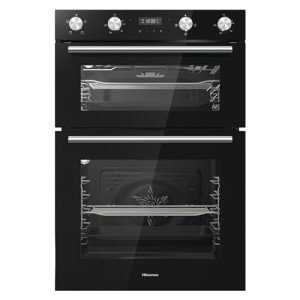Is Built In Range As Important As Everyone Says?

Comprehending the Built-In Range: A Deep Dive Into One of the Most Versatile Programming Features
The built-in function range() is one of the most typically used functions in programs, particularly in Python. Its simplicity and flexibility make it an important tool for designers, engineers, and data researchers alike. In this post, we will explore the basic elements of the built-in range function, its syntax, usage cases, and some practical examples to assist you leverage its power in your coding endeavors.
What is the Built-In Range?
In Python, the range() function produces a sequence of numbers. It is often utilized for model, particularly within loops, making it possible for developers to execute a block of code a specific variety of times without by hand defining each version.
Syntax of the Range Function
The range() function can take one, two, or 3 arguments, and its standard syntax is as follows:
range( start, stop, action).
start: The beginning point of the sequence (inclusive). If left out, it defaults to 0.
stop: The endpoint of the series (unique). This argument is needed.
action: The distinction in between each number in the sequence. If omitted, it defaults to 1.
Examples of Using Range.
Basic Usage: Using range() in a basic for loop to print numbers from 0 to 4:.
for i in range( 5 ):.
print( i).
Output:.
0
1.
2.
3.
4.
Specifying a Start and Stop: You can define both a beginning point and an endpoint:.
for i in range( 2, 6):.
print( i).
integrated oven and grill :.
2.
3.
4.
5.
Using a Step Value: The action parameter enables you to control the increments:.
for i in range( 0, 10, 2):.
print( i).
Output:.

0
2.
4.
6.
8.
Counting Backwards: The step can also be negative, permitting for counting down:.
for i in range( 5, 0, -1):.
print( i).
Output:.
5.
4.
3.
2.
1.
Practical Applications.
Iterating Over built in ovens for sale : While using range() prevails in for loops, it can also be useful for repeating over the indices of a list.
fruits = [' apple', 'banana', 'cherry'] for i in range( len( fruits)):.
print( f" i: fruits [i] ").
Output:.
0: apple.
1: banana.
2: cherry.
Developing Number Sequences: The function comes in handy for creating sequences of numbers, which you may need for algorithms or data control.
number_list = list( range( 10, 21)).
print( number_list).
Output:.
[10, 11, 12, 13, 14, 15, 16, 17, 18, 19, 20] List Comprehensions: range() works perfectly with list comprehensions for more condensed expressions.
squares = [x ** 2 for x in range( 5)] print( squares).
Output:.
[0, 1, 4, 9, 16] Conclusion.
The built-in range function is a basic function in Python that offers an easy way to create series of numbers, which can be used for a variety of shows jobs. Whether you are dealing with loops, creating lists, or carrying out algorithms, comprehending how to utilize range() is essential for effective Python coding. As you continue to explore the language, you'll undoubtedly discover new ways to take advantage of this effective tool, making your programs tasks more effective and streamlined.
